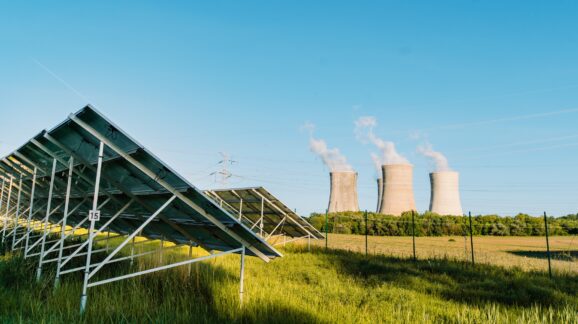Nuclear phaseouts strike again

Photo Credit: Getty
While there has been some good news in the US recently on nuclear power issues, including a partial removal of the Illinois nuclear ban, the same cannot be said of Spain, where the future for nuclear is looking bleak.
One of the pivotal issues of last year’s Spanish election was whether the country would continue on course to phase out their nuclear fleet by 2035.
The 2023 election was not a clear-cut victory for any party. Both the country’s left- and right-wing parties were unable to immediately form a government. There were multiple attempts by the right-wing Popular Party, which won the most votes, to form a coalition, but they each failed.
Before the July 2023 election, leader of the Popular Party, Alberto Núñez Feijóo promised to reverse the country’s nuclear phaseout policy, saying, “It will be a policy of my government to reverse the planned decommissioning and extend the life of our nuclear power plants.”
Feijóo has acknowledged the difficulty of losing more than one fifth of the country’s generation capacity, and the electricity price impacts that such a change would be likely to create.
Following the failure of the Popular Party to form a coalition, Pedro Sánchez of the Spanish Socialist Workers’ Party, who was Prime Minister in 2019 when the nuclear phaseout initially passed, was able to successfully form a government on Nov. 16 of last year.
The Sánchez government has acted quickly to reaffirm its commitment to closing the country’s seven nuclear reactors.
On Dec. 26, the Council of Ministers (the main decision-making body of the Spanish government), approved the Seventh General Plan for Radioactive Waste. This plan contained the final schedule for the decommissioning process of the country’s reactors. The first closure will occur in 2027, with the final closure slated for 2035.
That same week, the Ministry for Ecological Transition announced 150 million euros in subsidies for 904 Megawatts (MW) of energy storage projects, which will be co-located at solar and wind facilities. This announcement is part of a broader commitment to build renewables and storage.
Closing nuclear plants and attempting to replace them with wind, solar, and storage is no way to run a grid, as Germany recently showed the world.
Germany’s nuclear phaseout has resulted in more expensive electricity. This gave pause to many countries planning phaseouts of their own, so why are Spanish leaders refusing to learn from the mistakes of their neighbor?
Spain must either maintain (and possibly expand) its electrical output or commit to a lower quality of life for its citizens. Spanish electricity consumption is expected to grow slightly in the coming years. Closing its nuclear power plants will result in rising prices, increased grid vulnerability, and the risk of blackouts.
Policymakers in the United States and globally should certainly not follow the Spanish example.
A version of this article first appeared in Catalyst.